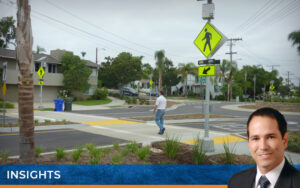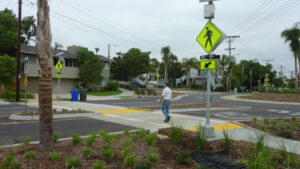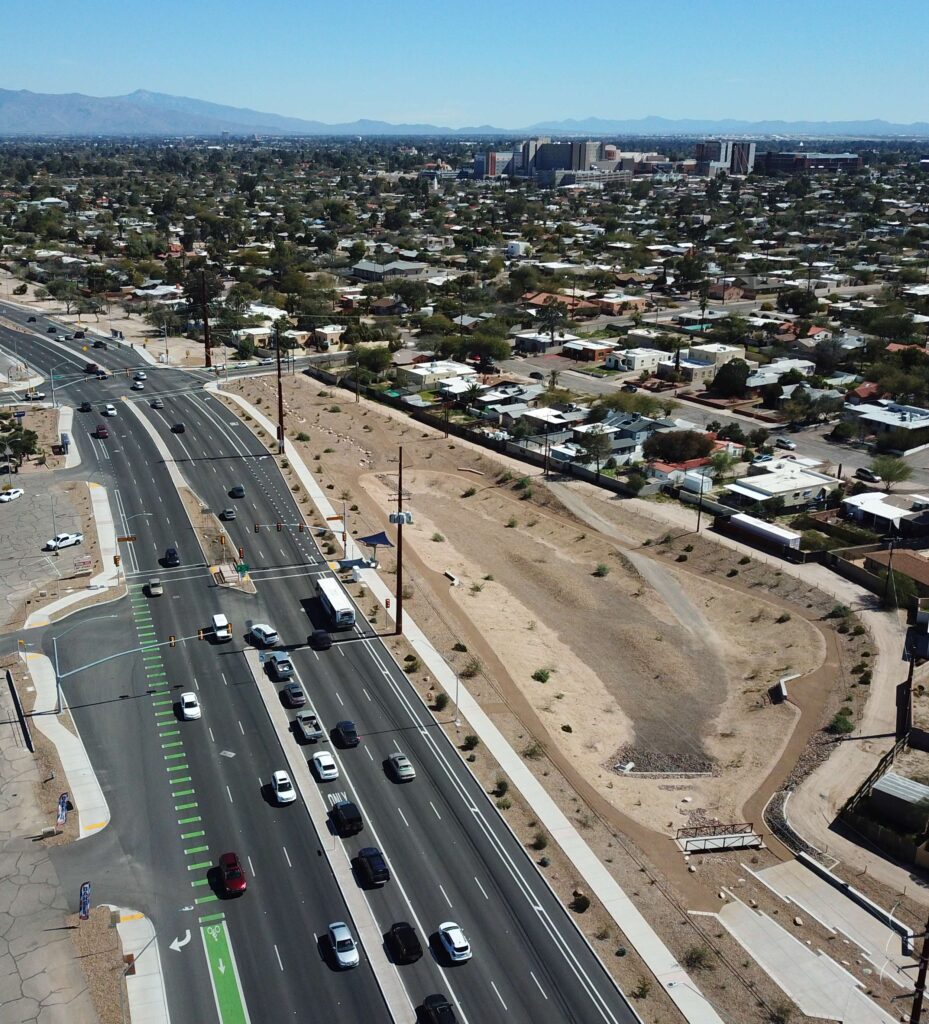
On December 14, FHWA published the Notice of Proposed Amendment (NPA) for a new edition of the MUTCD. This is the first major revision in 11 years to the manual that regulates all traffic control devices on America’s streets and highways and includes 132 substantial revisions. Public agencies in particular, and consultants in their role as advisors, are encouraged to review the NPA, as this new MUTCD will have implications on the design, maintenance and operations of both existing and new roads at the local, State and Federal level.
Process / Next Steps – The comment period will run through March 15, 2021. Once comments are received, FHWA will make revisions to prepare and publish a final rule (i.e. the new edition of the MUTCD). This process should take approximately one year. After that, States will have two years to obtain approval from FHWA to make revisions specific to each State (supplements or State Manuals). While this process will likely extend through 2024, consultants and agencies should consider using the new manual once the final rule is published next year to ensure compliance with its provisions.
Key Changes – Many of the proposed changes have been the result of experimentation and interim approvals. Some of the major changes include:
- New section (Part 5) for Automated Vehicles (AV) including general considerations for agencies to assess their infrastructure needs, prepare their roadways for AV technologies, and to support the safe deployment of AV. Some critical elements include Vehicle to Infrastructure (V2i) communications and corridor consistency to facilitate machine vision.

RRFB in Coronado, CA (design by Psomas) - Addition of Rectangular Rapid Flashing Beacon (RRFB) as a tool for uncontrolled marked crosswalks.
- Changes to the location of push buttons at signalized crosswalks and guidance to use Accessible Pedestrian Signals at Pedestrian Hybrid Beacons.
- New treatments for bike facilities including green-colored pavement for bicycle lanes, bicycle boxes, two-stage turn boxes and bicycle traffic signal faces.
- Clarification on the uses of colored pavement markings (for aesthetic treatments) and designation of red-colored pavement for transit lanes.
- Greater flexibility in the use of signal warrants, as meeting the criteria in the warrants has changed from a mandatory condition (shall) to guidance (should).

Green Bike Lanes, Tucson, AZ (design by Psomas) - Clarification on patents, including what elements of traffic control devices can be patented, and which cannot. This was an issue in the past with RRFBs.
- Safety and operational improvements, including reduced reliance on the 85th percentile speed as the key factor for the posting of speed limits, new application of traffic control devices for part-time travel on shoulders to manage congestion, and new application of traffic control devices at busway crossings.
- The manual includes 132 substantive revisions, with 8 of those having cost implications for agencies. Three of the revisions will have specific compliance dates, with the most significant being the need to determine and install appropriate treatments (preemption, movement prohibition, pre-signals, queue cutter signals) at traffic signals at or near railroad crossings within 10 years of the adoption of the MUTCD.
Where can I get more info?
The 82-page NPA discusses the changes to the MUTCD chapter by chapter and is available at https://www.federalregister.gov/documents/2020/12/14/2020-26789/national-standards-for-traffic-control-devices-the-manual-on-uniform-traffic-control-devices-for
The draft version of the MUTCD is available at https://beta.regulations.gov/docket/FHWA-2020-0001/document
If you have any questions, feel free to reach out to our talented team at Psomas.
By Alejandro Angel, PhD, PE, RSP2, PTOE, ENV SP